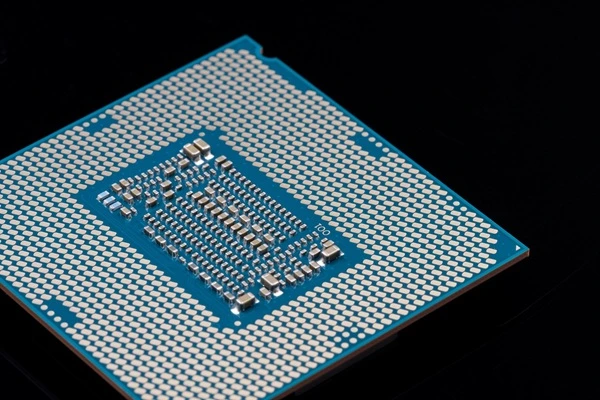What Is Moore’s Law?
Moore’s Law is named after Gordon
Moore, co-founder of Intel, who made a striking observation in
1965. He noted that the number of transistors on a
microchip was doubling approximately every two years, leading
to exponential increases in computing power while
simultaneously reducing costs. Over time, this observation became a guiding
principle for the semiconductor industry.
Although not a physical law, Moore’s Law has been remarkably accurate for
decades, serving as a benchmark for chip manufacturers and
influencing expectations around the performance of new computing
hardware.
Why Is Moore’s Law Important?
The implications of Moore’s Law extend far beyond transistor count. This steady increase in processing power has enabled:
- Smaller, More Powerful Devices: From bulky mainframes to sleek smartphones, advances in microchip technology have allowed for increasingly compact yet powerful devices.
- Lower Costs: As transistors become more efficient, production costs per unit decrease, making technology more accessible to a wider audience.
- Innovations Across Industries: Fields like artificial intelligence, machine learning, medical devices, and autonomous vehicles have benefited from exponential computing growth.
- Economic Growth: Entire industries such as
software development, data analytics, and
cloud computing have flourished thanks to growing
microprocessor capabilities.
The Challenges of Keeping Up With Moore’s Law
While Moore’s Law has held true for decades, maintaining this pace
has become increasingly difficult. Some key challenges include:
- Physical Limitations: As transistors shrink to nearly atomic scales, quantum effects begin to interfere with reliability and efficiency.
- Rising Costs: Developing smaller, more efficient transistors requires advanced manufacturing processes, increasing research and production costs.
- Heat and Power Consumption: Denser chips generate more heat, requiring better cooling solutions and more power-efficient designs.
The Future Beyond Moore’s Law
Many experts believe that Moore’s Law is slowing down as we near the
physical limits of silicon-based chips. However, several emerging technologies
may continue the trend of advancing computing power:
- Quantum Computing: Using quantum mechanics, these systems could outperform classical computers in specific complex tasks.
- Neuromorphic Computing: Inspired by the human brain, these chips aim to mimic neural processing for better efficiency.
- 3D Chip Stacking: Stacking chips vertically offers performance gains without shrinking components.
- New Materials: Substances like graphene and carbon nanotubes could surpass the limitations of traditional silicon.
Conclusion
Moore’s Law has been a defining factor in the rapid
evolution of computing, driving innovations that shape our
digital world. While the pace of semiconductor scaling may be
slowing, new technologies continue to extend the legacy of continuous
improvement in computing power. Whether through quantum
computing, advanced chip architectures, or novel materials, the
drive for faster, more efficient systems is far from over.

 Royalty Free Pixabay Image
Royalty Free Pixabay Image
